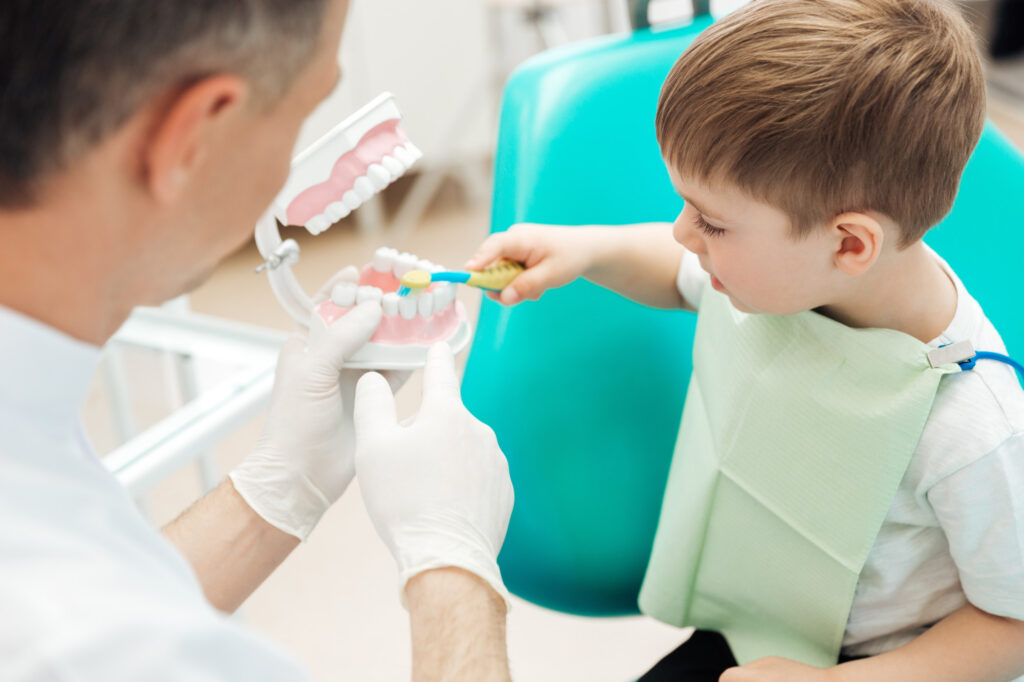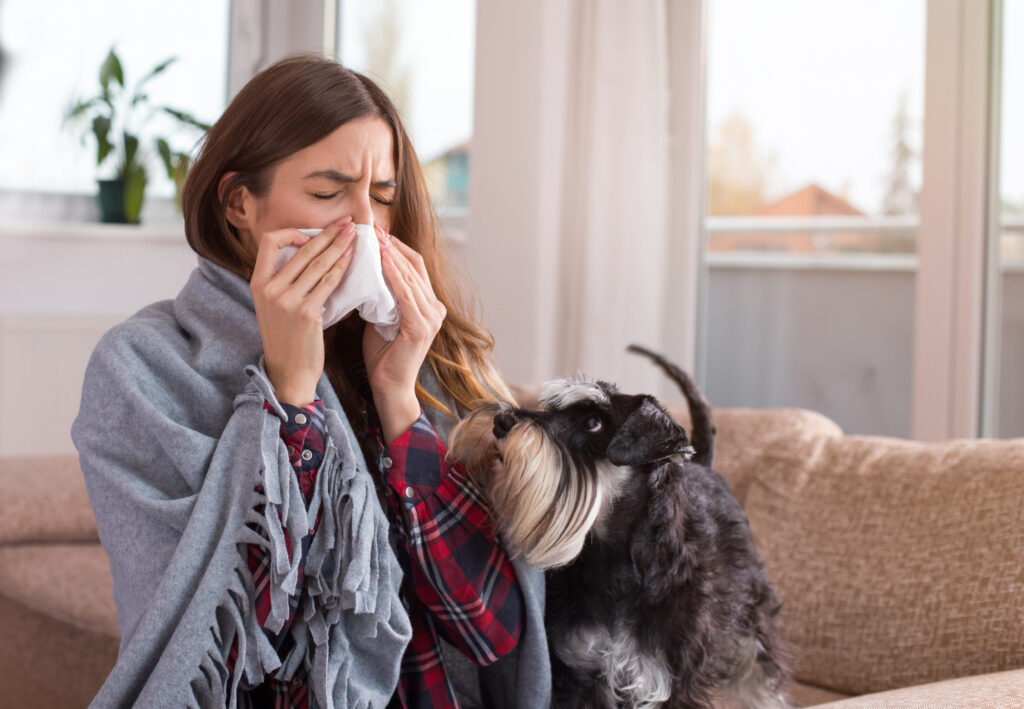Lower back pain is one of the most common complaints at the doctor’s office. In the past three months, 25 percent of American adults have visited their physician seeking a cure for back pain. The causes can range from injury to improper posture to sudden stress on the muscles.
While there’s no magic lower back pain cure, you can reduce inflammation by changing your lifestyle and habits. These changes, along with medication, can help you manage your back pain effectively. Start with these seven simple steps to fix lower back pain!
1. Practice Gentle Daily Exercise
We all know how important our daily dose of exercise is! But for people with back issues, it’s a crucial component of reducing inflammation. Studies have linked workouts focused on flexibility and stability to lower pain levels.
In one study, 52.5 oercent of the participants who engaged in regular exercise saw significant improvement. The best exercise routines for lower back pain should focus on:
- Aerobics
- Building muscle strength
- Increasing stability
- Flexibility training
Aerobic exercises can be as simple as a brisk walk outside or following a YouTube tutorial in your living room. This type of exercise gets the blood pumping! Improved blood flow can enhance the healing process and reduce painful back stiffness.
The core should be your focus when it comes to muscle and stability training. Weak abdominal muscles can lead to lumbar instability, putting more strain on your back. But don’t go crazy with crunches and stressful ab workouts!
Try a combination of seated and standing exercises meant for back pain. These will put less stress on your already inflamed muscles while building core strength. And take it easy!
2. Work on Your Posture
Have you ever woken up to find a kink in your neck or shoulder? Do long days in front of the computer leave you with the dreaded turtle neck? Poor posture is one of the biggest culprits for exacerbating lower back pain.
Fix back pain by improving your standing posture. Try to remember these pointers:
- Stand up straight
- Keep your shoulders back
- Rest your weight on the balls of your feet
- Relax your arms
- Maintain a level head
To improve your posture when seated, keep these tips in mind:
- Keep knees and hips bent at a 90-degree angle
- Make sure your elbows remain at a 90 to 120-degree angle
- Leave both feet on the floor
- Use back support or a pillow
- Add padding to your seat to support your hips
- Get up and stretch your muscles often
Avoid sitting or standing in crooked positions for a long time. Experts recommend no more than 30 minutes of consecutive sitting, so get up for a quick stretch now and then! With daily practice, you can improve your posture and reduce painful symptoms.
3. Find the Right Mattress
Standing and sitting posture isn’t the only thing you need to improve. Your sleep posture affects your entire day. You probably know this all too well if you’ve ever slept in a strange position only to wake up to aches and pains.
A firm mattress used to be the universal standard, but it’s not that simple. Your sleeping setup needs to fit your and your body type. Someone with wide hips, for example, might need a softer mattress to feel comfortable.
When in doubt, go for a medium-firm mattress! And don’t forget the importance of using pillows to keep your body aligned at night. Side sleepers can tuck a pillow between their knees, and stomach sleepers should place one underneath their belly.
4. Work With a Physical Therapist
A physical therapist is often the first recommendation for fixing lower back pain. They aim to reduce pain and increase function through:
- Spinal manipulation
- Strengthening exercises
- Stretching
- Low-impact aerobics
- Transcutaneous electrical stimulation (TENS)
- Hot and cold therapy
Studies show that while physical therapy can be a great short-term option, it’s not viable in the long run. So if you want fast pain reduction, seeing a physiotherapist might be a good choice. But to achieve long-term results, you’ll have to make more lifestyle changes.
5. Change Your Work Space
If you work a typical office job, you spend over 2,000 hours a year sitting at a desk. And poor sitting posture can have an enormous effect on your lower back. Whether you work from home or the office, you can make small changes to your workspace.
The best thing to do is switch to a standing desk if possible. Modern standing desks can also transform into sitting desks to give you the benefits of both positions. Change out your old chair for an ergonomic version to make sitting easier on your back.
6. Give Acupuncture a Go
Acupuncture is an ancient treatment used for everything, from weight loss to back pain. The practitioner inserts delicate needles into strategic points across the body. This practice is thought to stimulate the central nervous system.
The effectiveness of acupuncture is still under review. Some experts believe it may be a placebo effect, while others see it as a successful treatment. But most research suggests it can be beneficial for short-term relief.
7. Consider Back Surgery
Sometimes, even healthy changes aren’t enough. You might need serious care if you’re still experiencing chronic back pain regardless of posture and exercise. Consider visiting a center for spinal surgery to learn about your options.
Spinal surgery can range from minimally invasive to lengthier hospital stays. Mild to moderate back pain isn’t usually a cause of surgery. But if your lower back pain seriously affects your day-to-day function, this might be the right choice for you.
Fix Lower Back Pain for Good!
Chronic lower back pain can take a toll on your mental, physical, and emotional health. It can affect your career, relationships, and social life. The best way to fix lower back pain is to make healthy lifestyle changes.
Exercise, proper posture, and therapy can make a significant impact on your spine health! Want more healthy living tips? Check out some of the great articles below or head over to the Healthy Living section.





Leave a Reply
You must be logged in to post a comment.